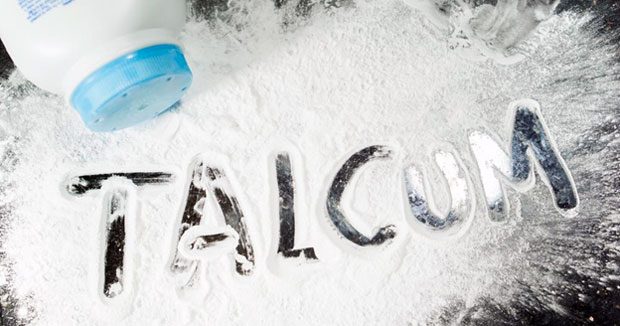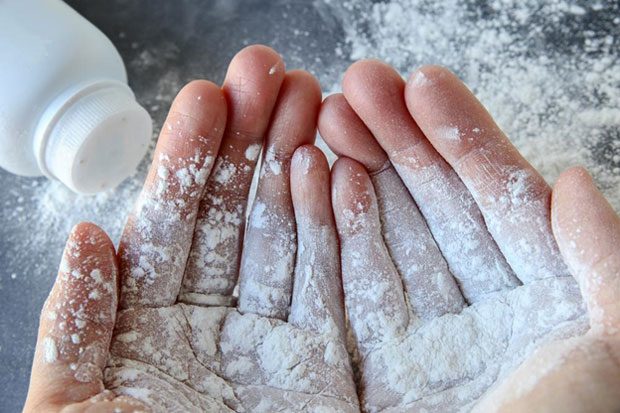Side Effects Of Baby Talcum Powder
Side Effects Of Baby Talcum Powder
According to multiple studies, regular use of talc-based products increases the chances of lung and ovarian cancer and cause other health problems; as a result, thousands of consumers have filed baby powder lawsuits against J&J. Baby powder has been a popular baby care product for a long time, worldwide, but is it safe to use? Medical studies suggest a potential connection between using talcum powder and cancer though more proof is still needed. Some talcum can contain asbestos and those are definitely dangerous but we don’t know as much about the rest.
Here are some of the common side effects concerns of using baby talcum powder:
Ovarian Cancer
According to the American Cancer Society, ovarian cancer ranks fifth in cancer-related death among women in the United States. One out of 78 women comes under the risk of getting ovarian cancer during her lifetime.
It is a significant concern that using baby powder is one of the potential side effects of getting ovarian cancer. In many cases, the regular use of talcum powder as part of a feminine hygiene routine on the perineal area has been later diagnosed with ovarian cancer.
It is claimed that the tiny powder particles enter the ovary by traveling through the vagina, uterus, and fallopian tubes, which is harmful for the women as their body is unable to break down these particles.
Lung Cancer
Most people think that lung cancer is only caused by cigarette smoking, but asbestos is one of the main reasons that cause this devastating disease. Asbestos has been found in J&J baby talc powder and also used in many industrial building products and household materials.
Asbestos Lung Cancer’s Symptoms
Symptoms of asbestos lung cancer develop slowly and gradually over some time, which may not be evident right away. You should consult with your doctor as soon as you experience any of these signs, such as:
- Fatigue
- Loss of appetite or weight loss
- Chest pain
- Swelling in the face or neck
- Hoarseness
- Ongoing cough that gets worse over time
- Shortness of breath or wheezing
- Problems with swallowing
- Coughing up blood
People working on sites using asbestos materials are at a high risk of developing lung cancer. It increases up to 4 percent for every year a person was exposed to asbestos.
Respiratory Problems
Most of the talcum powder poisoning is caused by swallowing or inhaling talc dust, especially for babies and infants. The tiny talc dust particles enter into the air and become accessible to breathe in every time a person applies talcum powder. Long-term exposure to talc can increase the risk of getting respiratory diseases.
Pulmonary Talcosis is the most common respiratory disorder caused by cosmetic talcum powder. It is usually divided into four types.
- Talco-asbestosis and Talco-silicosis are caused by inhaling impure talc dust containing either asbestiform or silica fibers. It mainly affects industrial workers or miners.
- The other form is related to talc pulmonary embolism. It is mainly found in intravenous drug addicts who orally inject tablets.
- The last form is caused by inhaling pure talc due to abundant daily use.
Everyday Products That Contain Talcum Powder
Baby powder isn’t the only product that contains harmful talc. The common talc ingredients are used in a variety of personal care products such as makeup to absorb moisture, prevent caking, and soften products for easy application.
Talcum Powder In Used In The Following Products:
- Contraceptive diaphragms
- Concealers
- Foundations
- Pharmaceuticals
- Eyebrow pencils & Eye shadow
- Rouge
- Blushes
- Chalk & Crayons
- Deodorants
- Mascara
- Soaps
- Condoms
- Face powder
Talc is also used as an anti-sticking agent in candy and chewing gum.
Healthy Alternatives To Baby Talcum Powder
Switch to these following talc-based baby powders alternatives to avoid any adverse effects:
- Baking Soda
- Tapioca Starch Powders
- Cornstarch Powders
- Oat Flour
- Arrowroot Starch Powders
You can also use zinc-based diaper rash creams instead of powder for infants and toddlers.
Conclusion
Many people use the leading brands of baby talcum powder to prevent rashes, reduce friction, absorb moisture, and to minimize skin irritation. However, the lawsuits against J&J indicates that even the big names do not guarantee harmless-products.
People can choose to use alternatives to avoid the potential side effects of baby talcum powder and please always consult with your doctor about any health concerns caused by talc products.
Guest Article. Contains a sponsored link.








